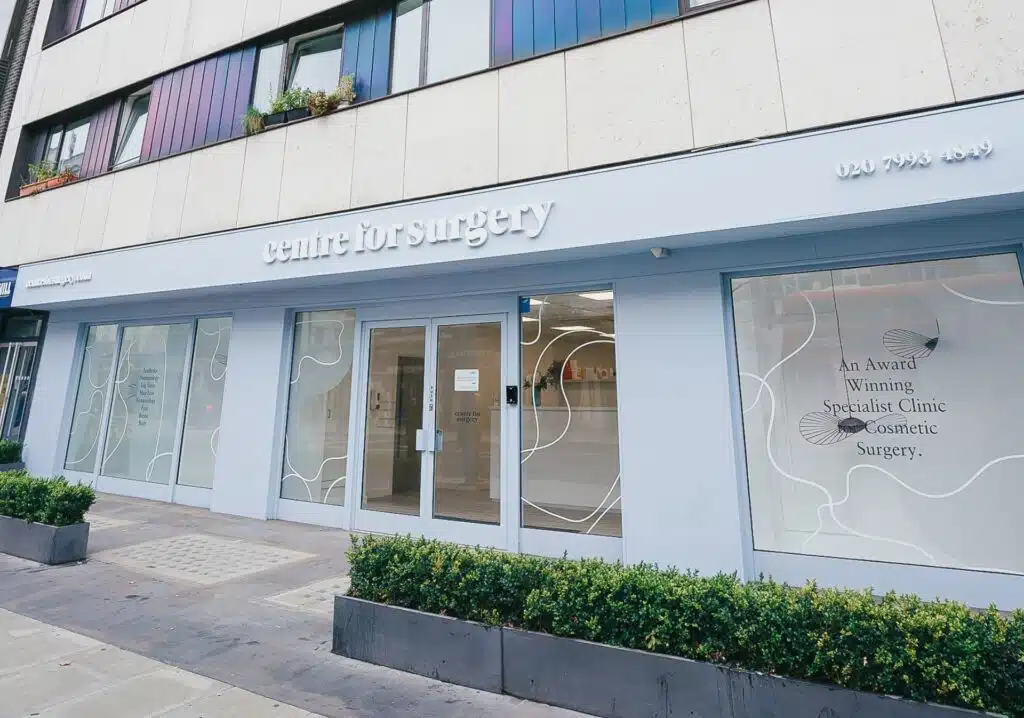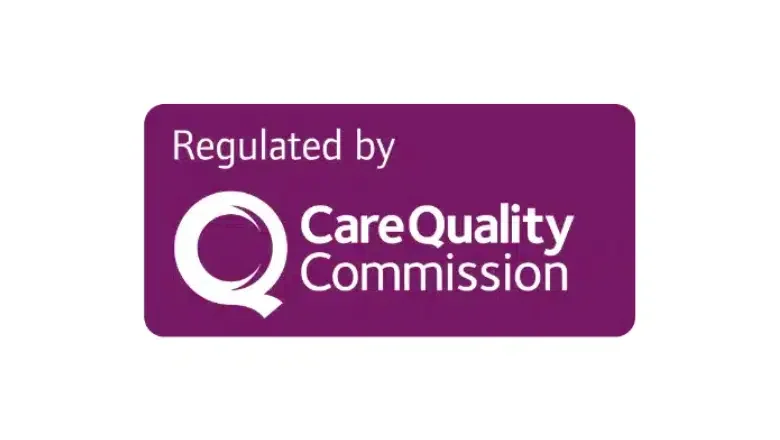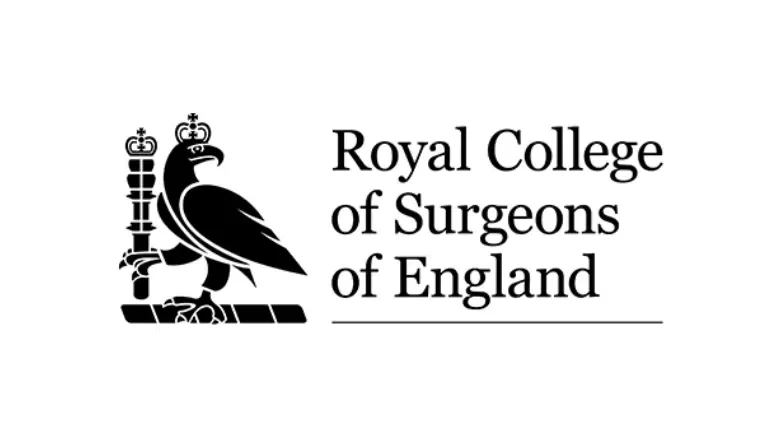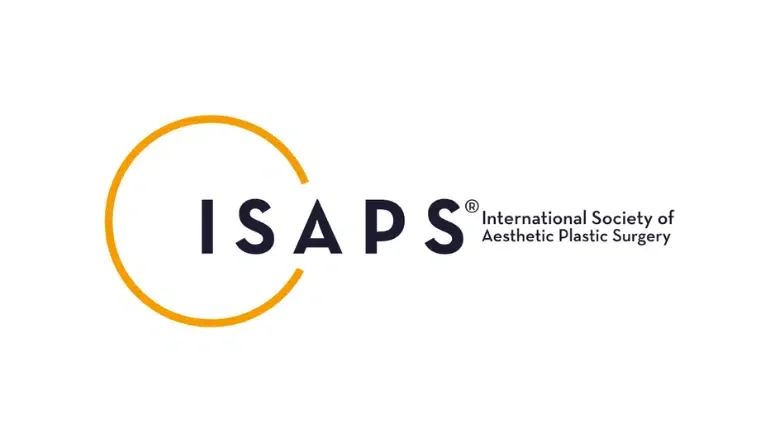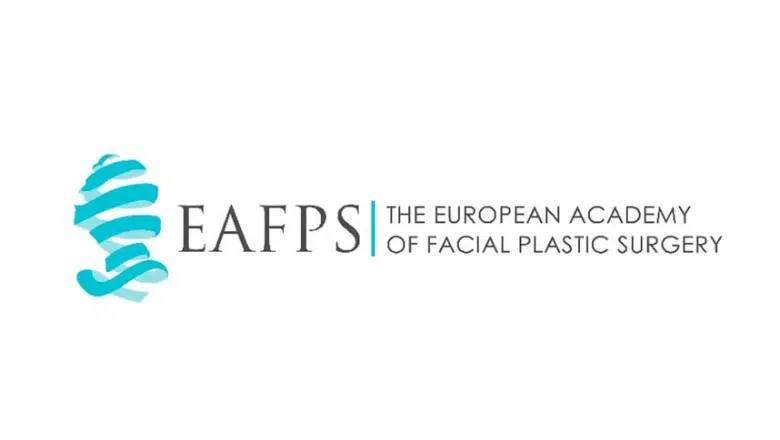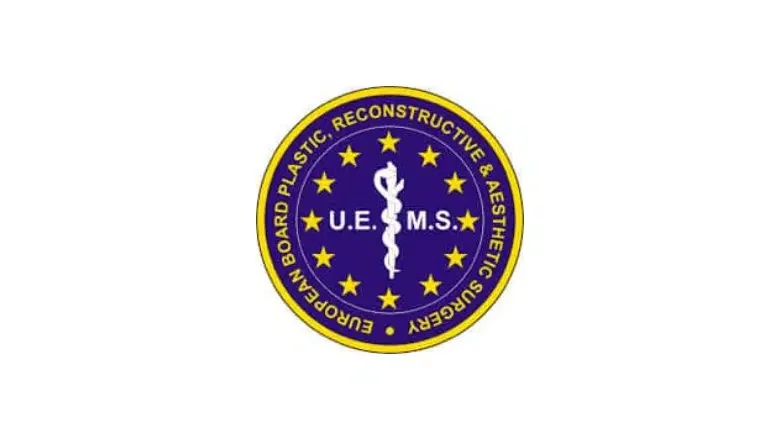Fat transfer to the breasts is a minimally invasive surgical procedure with a shorter recovery period compared with breast implants. Having said that, there will be a degree of bruising and swelling and this will begin to settle down within the first two weeks after the procedure. The exact recovery period for different types of fat transfer procedures primarily depends on the number of regions where liposuction was performed. Any bruising or swelling is usually temporary and will improve during the first two weeks. It is important to refrain from exercising during the first four weeks after surgery, and we would recommend taking at least one week off work to ensure your recovery is as smooth as possible. It is normal to experience mild discomfort in the breasts, and this is easily controlled with simple painkillers. Any discomfort will settle down as the breasts become less bruised and swollen. To ensure you have the best healing after fat transfer to the breasts, it is important to follow all of the surgeon’s post-operative instructions.
RELATED: Breast Implants vs Fat Transfer
It takes approximately 4 to 6 months for the breasts to remodel and reach the final size and shape. Any type of fat transfer procedure requires up to 6 months for the final results to be visible. This is because some fat is naturally reabsorbed by the body during the first week after the procedure and this is a recognised side-effect of the procedure.
Is fat transfer to breasts a painful procedure?
Fat transfer to the breasts is also known as natural breast augmentation, as it uses your body’s own fat for increasing the size of your boobs. Fat transfer breast augmentation is not known to be a painful procedure and in most cases, does not hurt. All types of fat transfer procedures are carried out under a general anaesthetic at Centre for Surgery, which means you will be unable to feel anything during the procedure.
RELATED: Is the fat transfer procedure painful?
Compared with breast implant surgery, the time taken for recovery is much quicker with the main side effects being localised bruising and swelling where liposuction was carried out as well as where breast fat grafting was performed. The side effects are temporary in nature and will rapidly settle down after two weeks. You will be given a prescription for painkillers by your surgeon although many patients have no need to take painkillers as it is a very well-tolerated procedure with minimal downtime.
How long does breast fat transfer take to perform?
Fat transfer to breasts at Centre for Surgery is a commonly performed procedure at our Baker Street clinic and takes between two and three hours to carry out. The first step involves removing excess fat with a Liposuction from unwanted parts of the body followed by purification of the harvested fat prior to injecting the fat into the breasts. Breast augmentation with implants is a much quicker procedure to carry out although fat transfer breast augmentation has a quicker recovery period and has a lower risk of complications such as wound infection. There are many other advantages to having a natural breast augmentation. Many patients are not keen on the idea of having a foreign object inserted into the body. Some patients may notice breasts which appear unnatural when breast implants are used to increase the size of the breasts. When using your own fat for breast enlargement, it is possible to achieve more natural-looking results.
RELATED: Hybrid Breast Augmentation
How long does it take to recover from fat transfer to breasts?
Fat transfer breast augmentation has a quicker recovery compared with breast implant surgery, with most patients undergoing a complete recovery within six weeks after the procedure. To get the best fat transfer results, it is important to comply with the surgeon’s post-operative instructions in full, including avoiding smoking. Smoking has adverse consequences on fat cell survival, and many patients may require repeat surgery to restore breast volume. We would recommend stopping smoking as smoking is associated with delayed healing and an increased risk of wound infection.
RELATED: Fat transfer breast augmentation pros and cons
After six months, the breasts will have matured and settled into a new size and shape. It is important to adopt healthy lifestyle habits after the procedure to optimise healing and reduce the risk of complications.
How to get the best results after breast fat transfer?
Patience can optimise the likelihood of getting great results after fat transfer surgery by avoiding several activities which are known to affect fat cell survival. We would recommend that you refrain from exercising, driving a car, carrying out strenuous work duties or going to the gym. Our post-operative nursing team will be able to advise you on how to recommence these activities. We would recommend taking a minimum of one week off work to allow proper rest and healing. Most patients can restart driving a car after the first two weeks.
We would advise against going to the gym for a minimum of six weeks after the procedure. It may be permissible to carry out low-intensity yoga and Pilates after four weeks, but you should check with your surgeon first. Any activities such as racket sports or swimming long distances should be avoided until after six weeks.
Sexual intercourse should be avoided for the first six weeks after surgery. Many women will notice that their breasts may have increased sensitivity, especially to light touch, for at least 3 to 4 weeks after the procedure. The key with any type of fat transfer procedure, including breast fat transfer, is to take it easy and not to do too much too soon. If you are in any doubt about an activity, you should speak to a member of our postoperative nursing team for clarification.
The best sleeping position after fat transfer to breasts is to lie on your back for the first two weeks and to continue wearing your post-operative support bra for a minimum of six weeks after surgery. By following these steps, you will significantly increase your chances of achieving the best results from the fat transfer to breasts procedure.
Fat Transfer Breast Augmentation in London – Why Choose Centre for Surgery
Discover Excellence in Fat Transfer Breast Augmentation at Centre for Surgery, London
Embark on a transformative journey with Centre for Surgery, London’s premier destination for fat transfer breast augmentation. Our clinic, nestled in the heart of the city at 95-97 Baker Street, epitomizes the fusion of cutting-edge techniques and compassionate patient care.
Why Centre for Surgery?
- Expertise and Innovation: Our surgeons are leaders in the field, employing the latest advancements in fat transfer breast augmentation to ensure natural, beautiful results.
- Personalized Care: We understand that each patient is unique. Our tailored approach guarantees a procedure that’s perfectly aligned with your individual needs and aspirations.
- Comprehensive Support: From your initial consultation to post-operative care, our dedicated team is with you every step of the way, ensuring a smooth, comfortable journey.
Patient Testimonials
- “My experience at Centre for Surgery was exceptional. The team’s expertise and attentive care made my journey seamless. I’m thrilled with my natural-looking results!” – Emma, London
- “Choosing Centre for Surgery for my breast augmentation was the best decision. The staff were incredibly supportive, and the results have boosted my confidence immensely.” – Sophia, London
- “The surgeons at Centre for Surgery are true artists. They listened to my concerns and delivered results beyond my expectations. Highly recommend!” – Isabella, London
Easy Finance Options Understanding the financial aspect of plastic surgery, we offer flexible finance options, including 0% APR with Chrysalis Finance, to accommodate your budgetary needs.
Explore More
- Dive deeper into our services and ethos on our About Us page.
- Curious about the procedure? Find answers to common questions in our Clinic FAQs.
- Stay informed and inspired by visiting our Plastic Surgery Blog.
Visit Our Baker Street Clinic Experience our state-of-the-art facilities and warm, welcoming environment at our Baker Street clinic. Learn more.
Book Your Consultation Today Ready to take the first step? Contact us at 📞 0207 993 4849 or via 📧 contact@centreforsurgery.com to schedule your consultation. Your journey towards a renewed self awaits at Centre for Surgery, where excellence in cosmetic surgery meets unparalleled patient care.
RELATED: How much does fat transfer breast augmentation cost?

